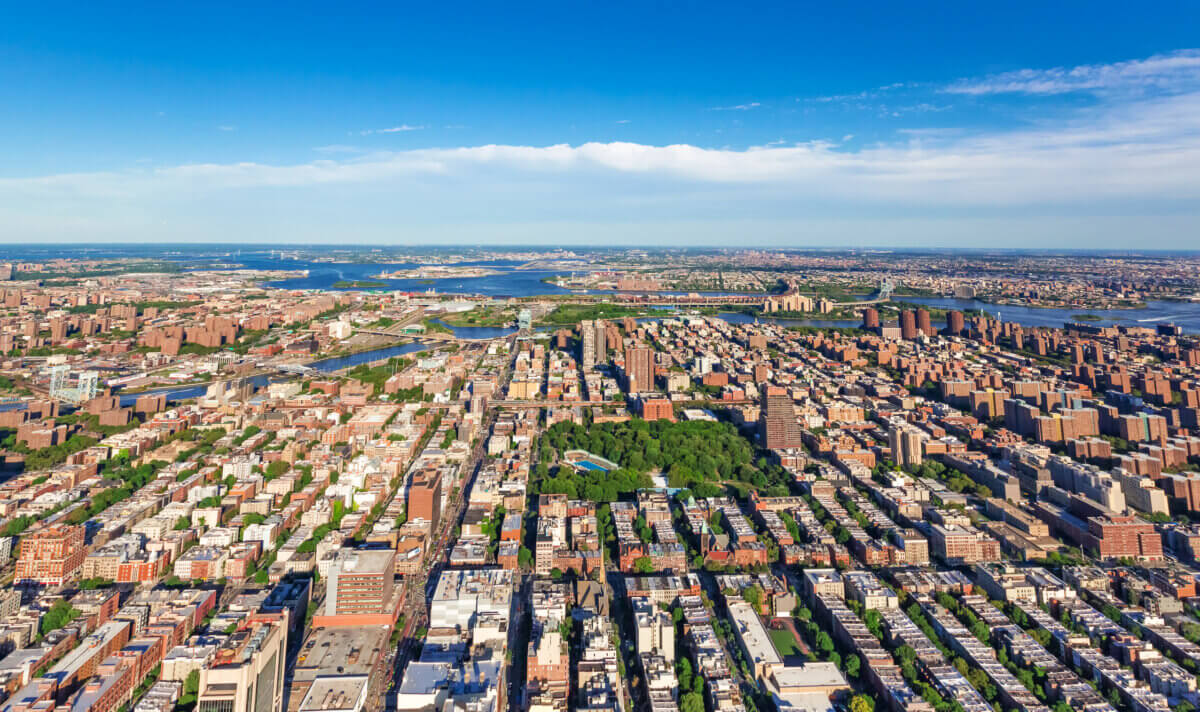Before it was a global movement, it was simply an expression of life and struggle: a culture that was synonymous with hardship and suffering, but also grit, resilience and creativity.
Hip-hop rose from the ashes of a borough ablaze with poverty, urban decay and gang violence. It was music that “had the sound of a city in collapse, but also had an air of defiance,” said Mark Naison, history professor at Fordham University in the Bronx. Block parties and the various elements of hip-hop served as an outlet for creativity and an escape from the hardships of daily life.
The four foundational elements of hip-hop — DJing or turntablism, MCing or rapping, B-boying or break dancing and graffiti “writing” — emerged from the Bronx as a “cultural response to a community that was institutionally abandoned,” said Rodrigo Venegas, also known as “Rodstarz” of the hip-hop duo Rebel Diaz, made up of two Chilean brothers in the Bronx.
“You want to cut our art programs? We’re going to turn the whole city into a canvas. You want to cut our music programs? We’re going to turn turntables into instruments. You want to silence our communities? Then we’re going to grab these microphones and use our voices,” Venegas said.
Subway cars heading into Manhattan were covered in graffiti in the 70s and 80s, after young “writers” tagged their names and messages from top to bottom. At a time when New York City politicians disparaged the Bronx and deemed it unworthy of investment, it was a way for teenagers and young adults to express themselves and take control of their narrative.
“It was a way to feel like we mattered,” said Lloyd Murphy, who tagged his name as “Topaz1.” “We saw New York City and the trains going by as a billboard to put your name on and say, ‘I’m somebody.’”
Hip-hop eventually expanded across New York City, then to different parts of the country and the world. But as artists and hip-hop giants mark the 50th anniversary of a…
Read the full article here

Leave a Reply